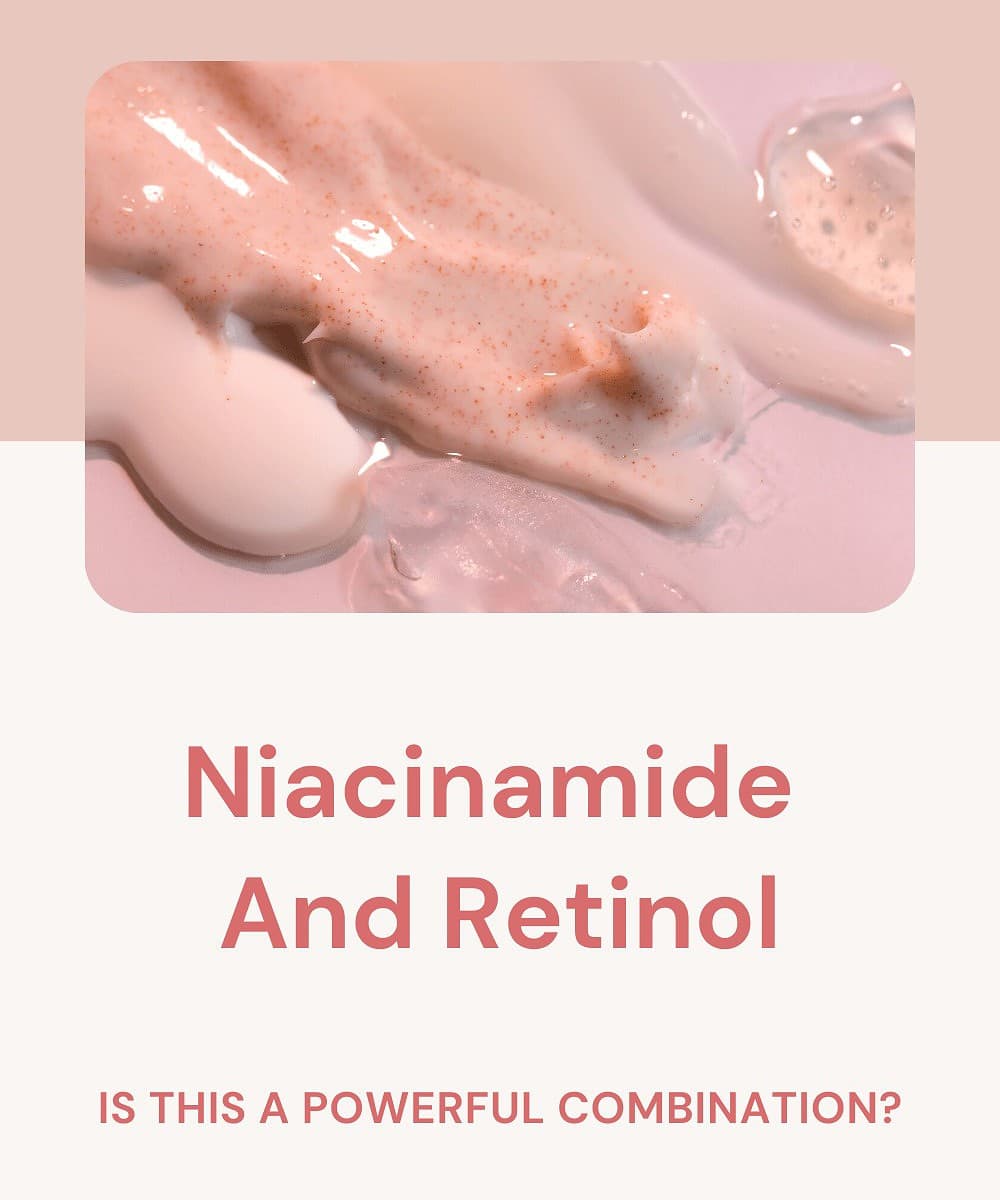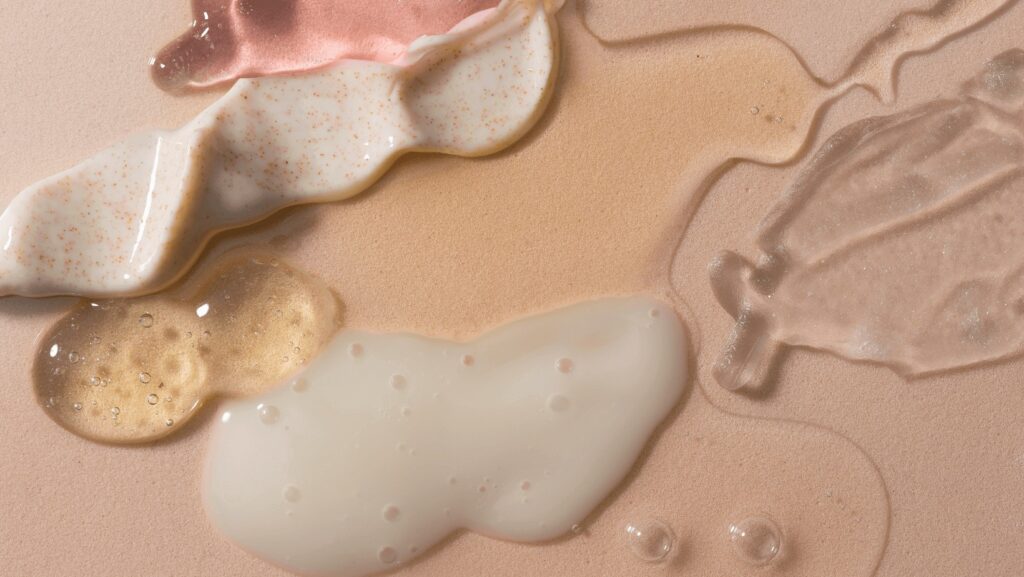
Skincare has never been more popular. With so many products on the market, you want to ensure you’re using the right ones.
If you’re looking to achieve blemish-free skin, two not-so-secret ingredients have made a name for themselves, and for a good reason, too– they can do amazing things. However, changing up your skincare routine can be scary!
If you want to step up your regimen safely and effectively, keep reading below to learn everything you need about two incredible actives: Niacinamide and retinol.
What is Niacinamide?
Niacinamide, also known as nicotinamide, has made a name on the internet, taking over social media and blogs. A trending skin-care ingredient that’s got everyone talking, niacinamide is a water-soluble active form of Vitamin B3 with a host of benefits sure to have you scrambling to add it to your skincare routine.
Niacinamide is best known for its restorative benefits and can help treat dark spots and acne scars by brightening the skin. However, that’s not all this TikTok-famous ingredient can do. Niacinamide is also known for its ability to:
- Treat and reduce mild to moderate active acne
- Keep skin smooth
- Control excess oil
- Minimize the appearance of pores
- Reduce dryness
- Strengthen the skin barrier
- Reduce the appearance of wrinkles
Niacinamide is a highly gentle ingredient and a great addition to anyone’s skincare routine. One 2004 study found 5% of topical niacinamide to be well tolerated by all participants, including those with sensitive skin.
The same study also noted niacinamide improves the appearance of skin texture, hyperpigmentation, and fine lines and wrinkles.

What is Retinol?
Retinol is a topical form of vitamin A, famous for its well-researched anti-aging properties. It’s an ingredient everyone can use to great effect in their skincare routine; however, it’s also one you need to be careful with!
Due to its chemical formulation, retinol can dry and irritate some skin types, making your skin more vulnerable to sun damage. So long as you put on sunscreen (which you should be doing anyway) and patch-test this powerhouse ingredient, it should be smooth sailing.
Now, to the good stuff. What can retinol do for your skin?
- Most significantly, it will improve the appearance of wrinkles, reducing the signs of aging
- Reduce pigmentation and minimize uneven skin tone
- Improve skin elasticity
- Smooth skin texture
- Help to prevent breakouts and acne
Unlike niacinamide, retinol has been around the block for a while. It’s a tried-and-true skincare ingredient backed up by years of research. It’s been proven countless times to reduce the appearance of wrinkles, smooth skin texture, brighten the appearance of the skin, and reduce acne.
If you’re not convinced, there are many studies on retinol, especially its anti-aging benefits (here, here, and here). In addition, there are more studies to show the ability of retinol to improve skin texture and skin elasticity as well.
As a skin-care ingredient, retinol is hard to go past as it has so many incredible qualities. However, it is an active ingredient that can cause minor reactions and skin irritation in some people. As such, I would recommend patch testing before use and starting with a product that contains a smaller percentage of retinol rather than jumping straight in with a full-strength product.
Can You Mix Niacinamide And Retinol?
Yes, it is entirely safe to mix these two products. In fact, several skincare products contain both niacinamide and retinol.
A 2012 study found that formula containing both ingredients can effectively treat acne. By using a product that contains niacinamide and retinol, you can also help reduce any irritation that may be caused by only using retinol.
If you’re looking to use individual, separate products – one with niacinamide and one with retinol – a great way to do this is by using them at different times of the day. For instance, retinol is most commonly recommended at night as it can cause photosensitivity. A logical way to structure your skincare routine would be to use your retinol at night and your niacinamide in the morning!
The Benefits of Mixing Niacinamide and Retinol
Niacinamide and retinol are two undeniably powerful skincare ingredients that offer users an array of benefits. Though some of the benefits do overlap, there are still a few crucial differences which can mean incorporating both ingredients into your routine will give you optimal results.
Retinol is a strong, active ingredient that can often lead to dryness. On the other hand, Niacinamide is revered for its restorative and hydrating nature. By having both of these ingredients in your routine, you’ll be able to increase your skin’s tolerance to retinol and reduce any irritation it may cause.

How To Use Niacinamide And Retinol Together Properly
An easy, time-saving way to use these two ingredients is by simply purchasing a product containing both niacinamide and retinol. It takes the guesswork out and means there’s one less product in your routine.
If you want to use them separately, that’s definitely a legitimate route as well. If you’re completely new to niacinamide and retinol, introduce the ingredients into your routine one at a time. Research shows that it is best to begin with niacinamide, which could be as a cream or a serum to start with every day.
After a couple of weeks, you can slowly begin introducing retinol into your night-time routine, 1 to 2 times per week. If your skin is comfortable with this, you can increase your retinol usage to 2-3 times per week.
Depending on the strength of the retinol, certain products may not be recommended for everyday use- so double-check the packaging or any accompanying instructions!
Niacinamide or Retinol First?
The order in which you apply niacinamide and retinol is vital when it comes to achieving the best results. If you’re using niacinamide and retinol at different times of the day, niacinamide should be applied first in the morning and retinol later on in the evening.
However, if you plan on layering the two ingredients, I recommend doing this at night to prevent any over-sensitivity to the sun from the retinol.
The best way to mix these two ingredients is to treat the skin with niacinamide first. Again, research suggests that using niacinamide first can increase your skin’s tolerance toward retinol and help reduce irritation.
What Are The Side Effects of Combining Niacinamide and Retinol?
There shouldn’t be any nasty side effects from combining these two ingredients. In fact, using niacinamide and retinol should be beneficial! The niacinamide will reduce irritation and keep your skin hydrated, while the retinol will work its anti-aging magic.
Combining these two ingredients is especially ideal for sensitive or dry skin, as the niacinamide will combat the drying and irritation often caused by retinol.
Niacinamide And Retinol Recommendations
If you’re looking for some great options to use and integrate into your skincare routine, here are a couple of brands that are truly worth checking out:
Key Takeaways
Retinol and niacinamide are powerful skincare ingredients and beautiful additions to any skincare regime. If you’re new to both, it’s important to introduce each into your routine separately to ensure that you don’t damage your skin! Always use retinol at night and sunscreen during the day to avoid any photosensitivity issues.


